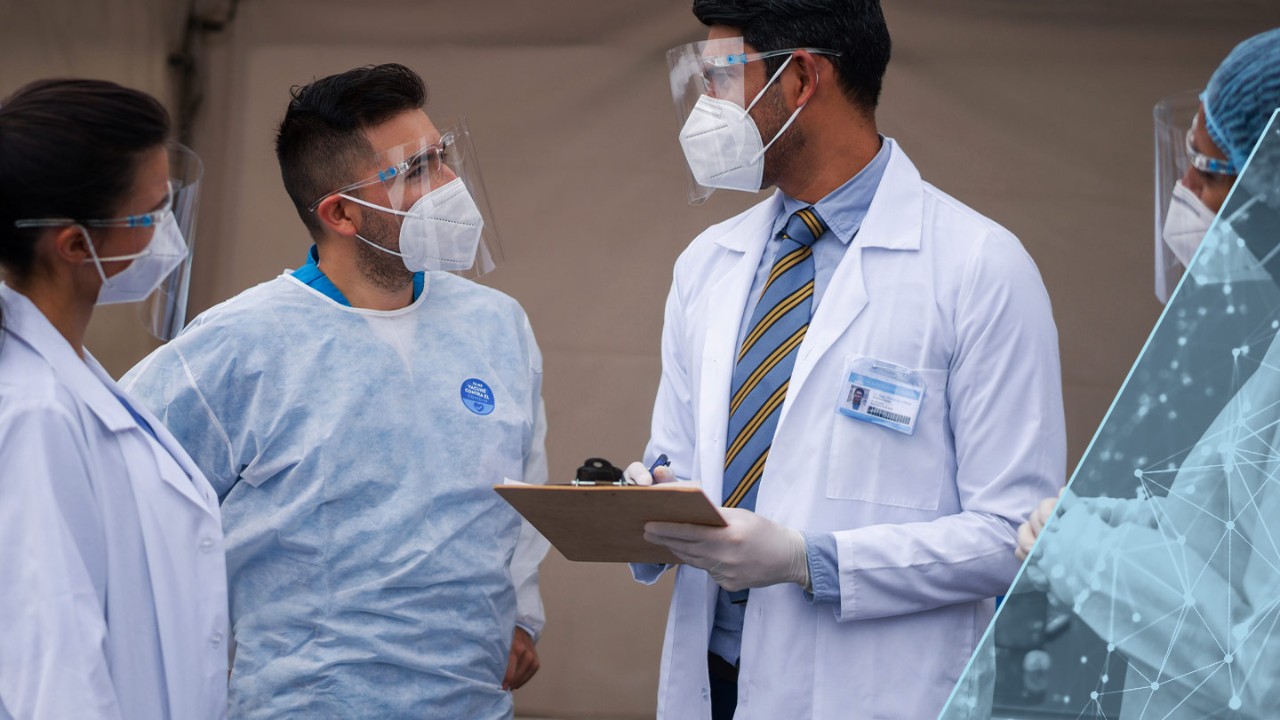COVID Vaccine Distribution Strategies for Remote Areas
Written by Kevin Vigilante and JoAnn Sanders
Written by Kevin Vigilante and JoAnn Sanders

The COVID-19 pandemic has hit some of the nation’s most remote areas the hardest. However, many rural communities have used innovative, human-centric strategies to overcome vaccination distribution challenges—and ultimately excel at vaccinating their citizens.
Roughly 20% of the U.S. population lives in rural and remote areas. In December, the death rate for rural areas was 48% higher than in urban areas. This is largely because remote areas tend to have older populations, a higher prevalence of underlying medical conditions, less access to medical care and health insurance, and limited public transportation options.
Common vaccine distribution challenges nationwide include online registration issues and securing an appointment. However, for remote and rural communities, the obstacles are environmental—a lack of road access, scarcity of hospitals, and shortage of the necessary sub-zero freezers for vaccine storage. Yet, despite these challenges, some remote areas stand out in terms of percent of the population inoculated. Here are some ways that two rural areas of the country have overcome vaccine distribution challenges.
In central Appalachia, co-morbidities such as diabetes and lung disease make many residents more susceptible to severe cases of COVID-19. The Centers for Disease Control and Prevention has called the region the diabetes belt. Some 21% of former coal miners in the region show evidence of black lung, or pneumoconiosis, which is caused by inhaling coal dust over a prolonged period.
In this area of rural Virginia, appointments and pre-registrations are simply not available. The primary point of medical care for this remote population located across nine Virginia counties is a mobile RV clinic named the Health Wagon. It meets people where they are, riding along railroad tracks and up winding dirt roads to vaccinate Americans in this isolated region.
There’s no way to overstate the level of isolation in most Alaskan communities, making rural Alaska's vaccine distribution obstacles among the nation’s most complex. Those problems, however, haven’t caused issues in the vaccine rollout. Just as the legendary sled dog Balto delivered life-saving diphtheria vaccine in a blizzard almost a century ago, Alaskans have found ways to improvise.
During the COVID-19 vaccine rollout, Alaska has been reinforced by special shipments for Alaska Native tribes and a massive provider-mobilized effort that delivers thousands of doses to remote parts of the state. It’s not uncommon to have a fleet of chartered planes airlift vaccine vials to villages, a water taxi transporting doses through choppy seas, and teams of clinicians shuttled around villages on sleds pulled by snow machines.
Providers have administered shots in village clinics, made home visits to elders unable to travel, and met anyone eligible to receive the vaccine on small airport tarmacs before flying to the next village to make sure the vaccines get in the arms of their dispersed population. The response of developing their own strategies to reach diverse and geographically scattered populations is a result of dealing with the challenge for decades. In fact, Alaska ranks third among states with 20% of the population vaccinated.
Human-centered, innovative vaccine distribution strategies in remote areas are vital to reaching herd immunity—and central to stopping the spread of COVID-19. By meeting people where they live, no matter how remote their location, these rural areas of the country have succeeded in getting more of their citizens inoculated. These strategies offer a silver lining to the vaccine rollout.
Want to stay updated on the COVID-19 vaccine rollout? Check out our health innovation insights. And feel free to share this post with those you care about.
Chief Medical Officer